7 best wearables of CES 2020: the smartwatches that stole the show
If you're after a wearable, consider these
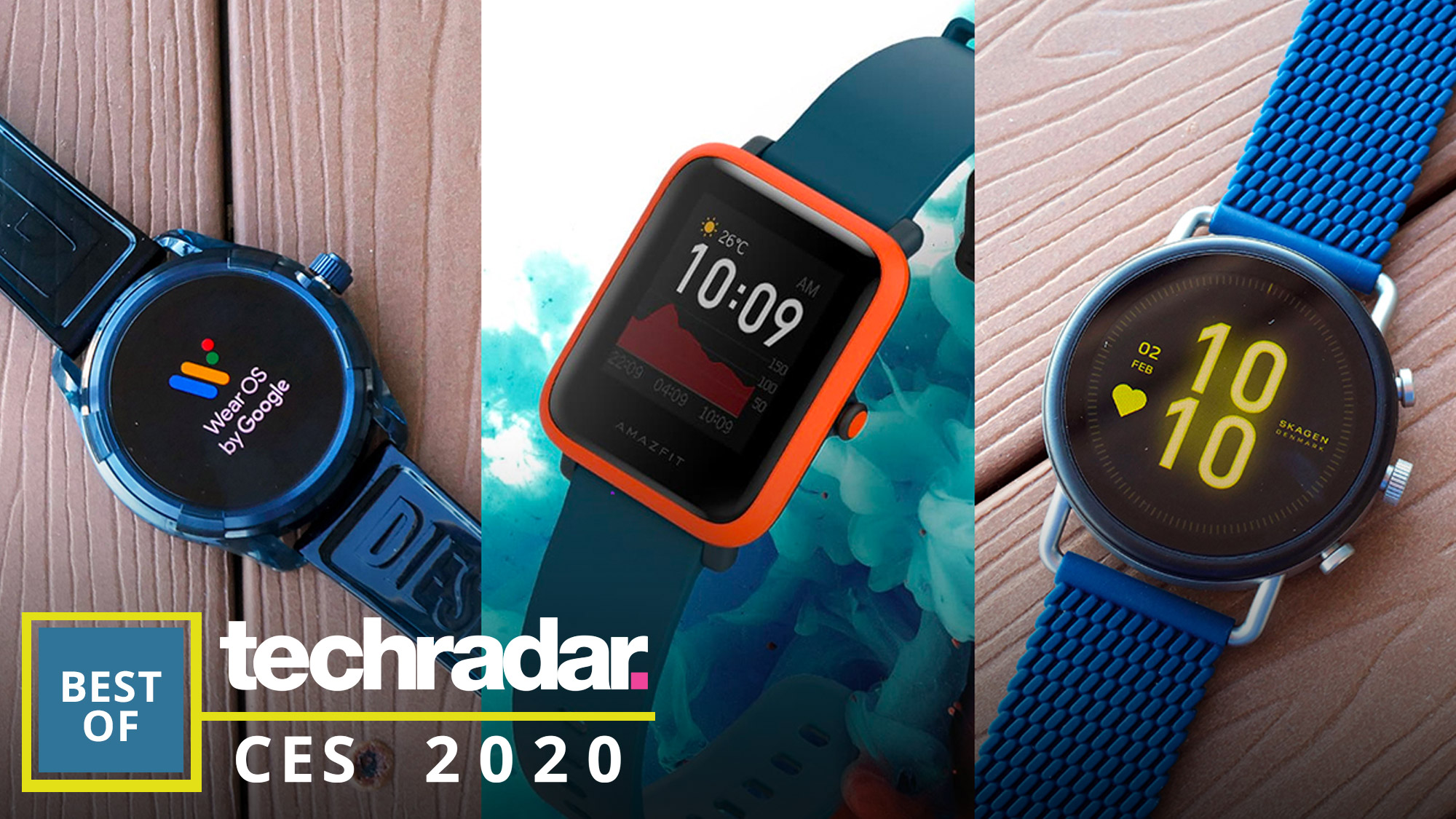
We've been treated to plenty of tasty tech at the CES 2020 expo in Las Vegas, and you'd be forgiven for feeling somewhat overwhelmed by all the gadgets on show.
Never fear though, because we're here to guide you to the very best hardware unveiled at the show.
In this case, we're specifically focusing on the best wearables: the ones that have got our hearts pumping and our blood racing, and which have stood out from the crowd. If you're shopping for a new wearable in 2020, then you could do a lot worse than these ones.
1. Suunto 7
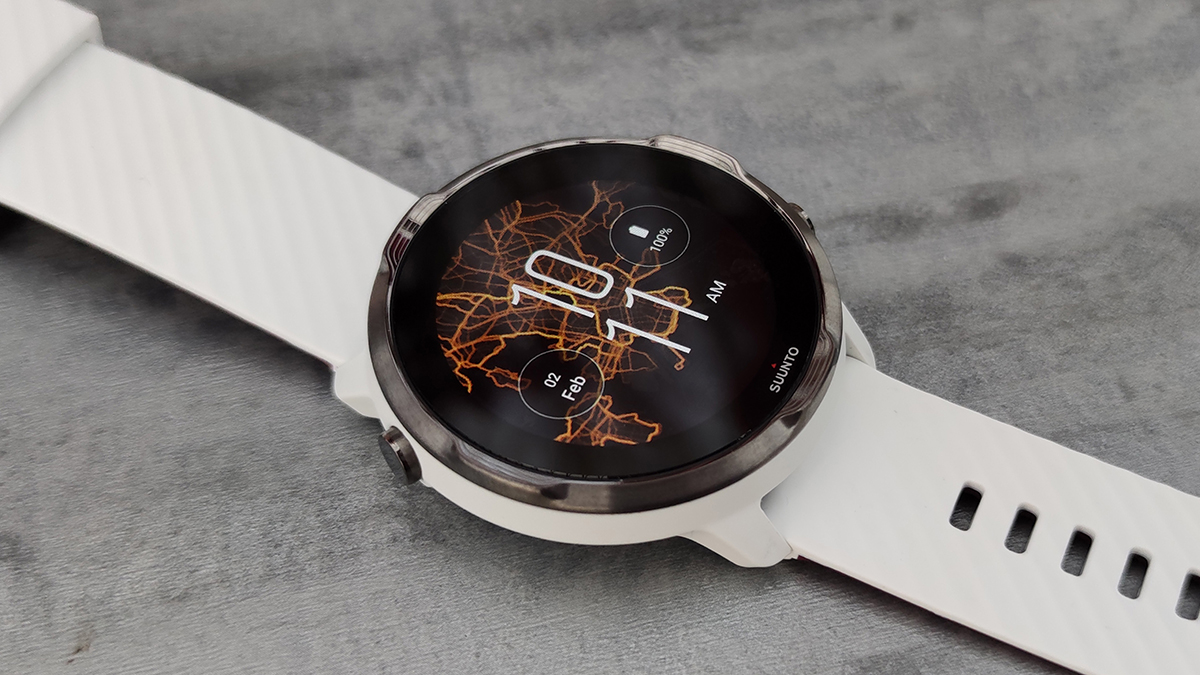
Powered by the slowly improving Wear OS, and with a host of features to appeal to the more fitness-aware, the Suunto 7 is easily one of the best wearables we've seen at CES 2020. It's a little chunky, and a little on the pricey said, but we can forgive those small complaints because of everything else the device offers.
Built-in heat maps let you see where the popular running routes are in your area, while there are 70 different sports modes on board – surely enough for everyone but the professional athletes out there. A heart rate sensor, GPS and an altimeter all come built in, and the quoted 2-3 days of battery life is impressive as well.
Suunto has a good track record in the health and fitness field, so we're expecting the Suunto 7 to be as good in use as it appears to be on paper. White and gold, and black and bronze, are two of five color combinations, and the watch goes on sale for $479 / €479 / AU$799 (roughly £365) from the end of January 2020.
2. Amazfit T-Rex
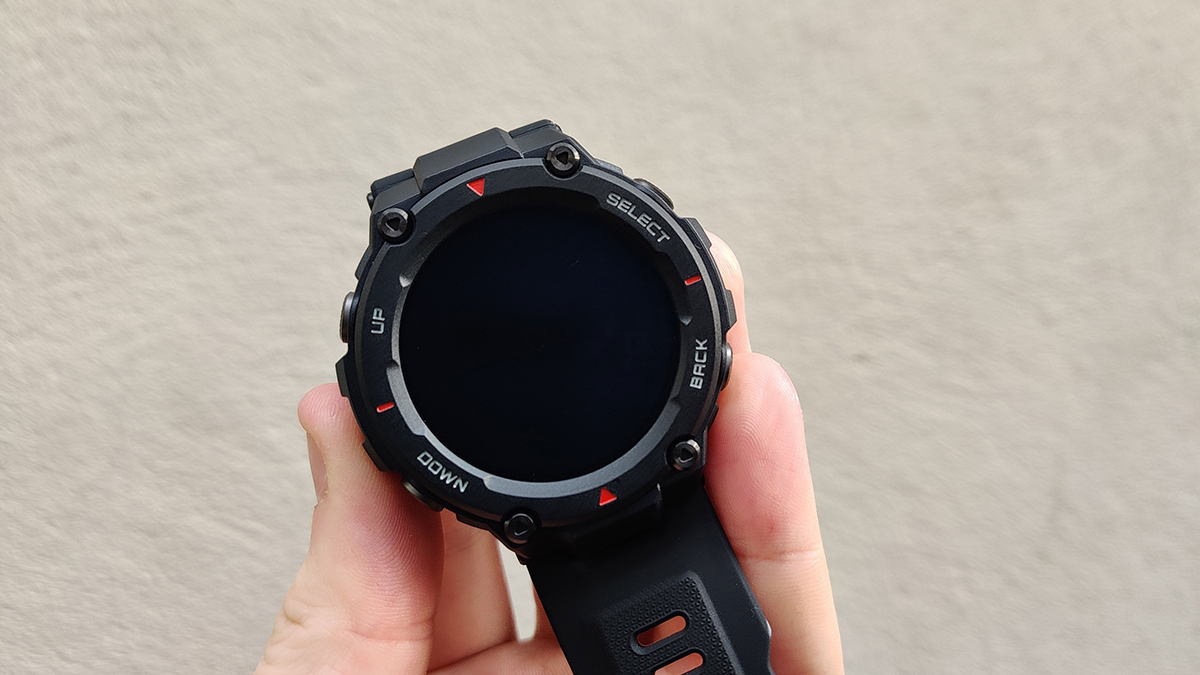
Amazfit has been impressing us with its low-cost fitness trackers and smartwatches for a while now, and the Amazfit T-Rex is a continuation of the company's very good run in the wearable market. One of the more interesting specs here is a quoted 20 days of battery life, though as yet it's not clear exactly what sort of battery-saving measures you'll need to apply to eke out that much time between charges.
Get daily insight, inspiration and deals in your inbox
Sign up for breaking news, reviews, opinion, top tech deals, and more.
Use it as a watch and nothing else, and it'll stretch to a barely believable 66 days on a single charge, Amazfit says. This is a rugged smartwatch too, befitting the T-Rex name, and it meets military-level MIL-STD810G standards for toughness. GPS tech and a built-in compass are on board, so you should be able to find your way around, and the watch comes with tracking for 14 different sports modes as well as a heart rate monitor.
As always with Amazfit, the pricing of the T-Rex is tempting – it'll set you back just $139.90, which works out at around £105 or AU$205. Black, white and army green are among the five color choices you've got to pick from, and the wearable comes running Amazfit's own bespoke watch OS rather than something like Wear OS.
3. Amazfit Bip S
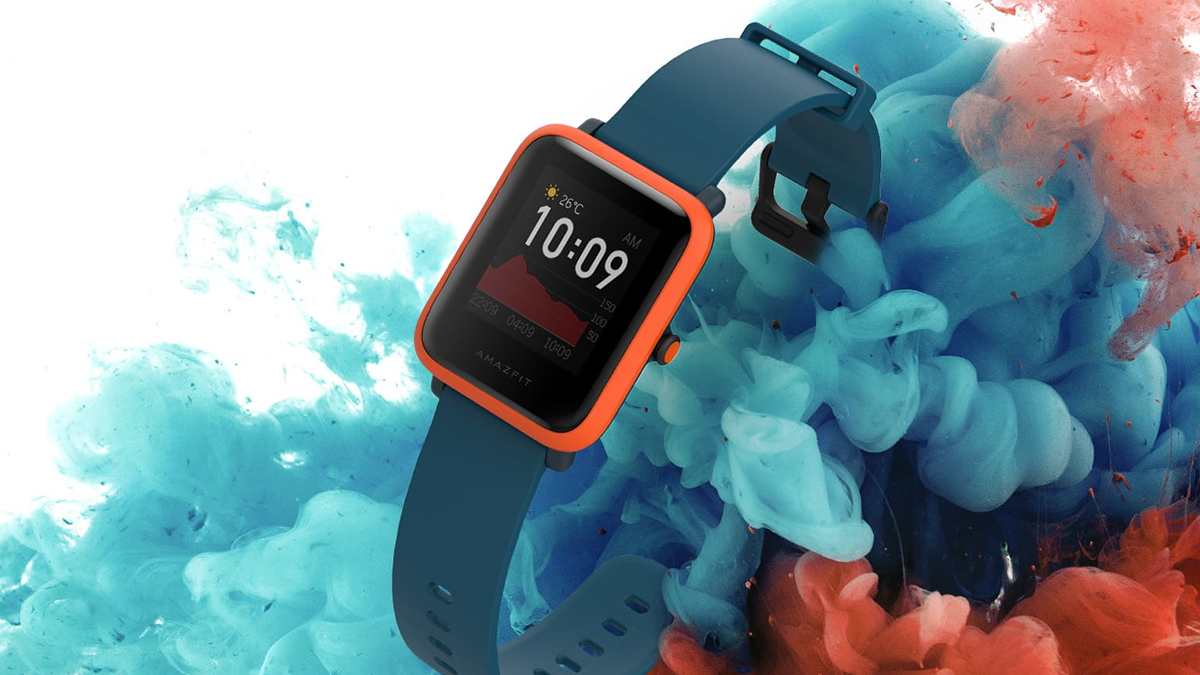
Amazfit again, this time the Bip S (a variation on the original Amazfit Bip), which is even cheaper than the T-Rex. If you want to get a miniature computer and fitness-tracking device on your wrist for as little money as possible, then give the Amazfit a long hard look – it retails for a mere $69.90 (roughly £55 or AU$100).
As you would expect, some compromises have been made to reach that price point in terms of design and materials: it's lighter and smaller than the T-Rex, but it still has GPS and a heart rate monitor on board. With the reduced dimensions and smaller screen in mind, Amazfit says the battery life of the Bip S can last even longer than the T-Rex.
We're big fans of the four funky color options, as well as the low price, and you can still track 10 different types of sports from your wrist, as well as control music on your phone and see your phone's notifications thanks to the on-board Amazfit OS. This could well be one of the best-value smartwatches we've seen yet.
- Our hands on Amazfit Bip S review
4. Withings ScanWatch
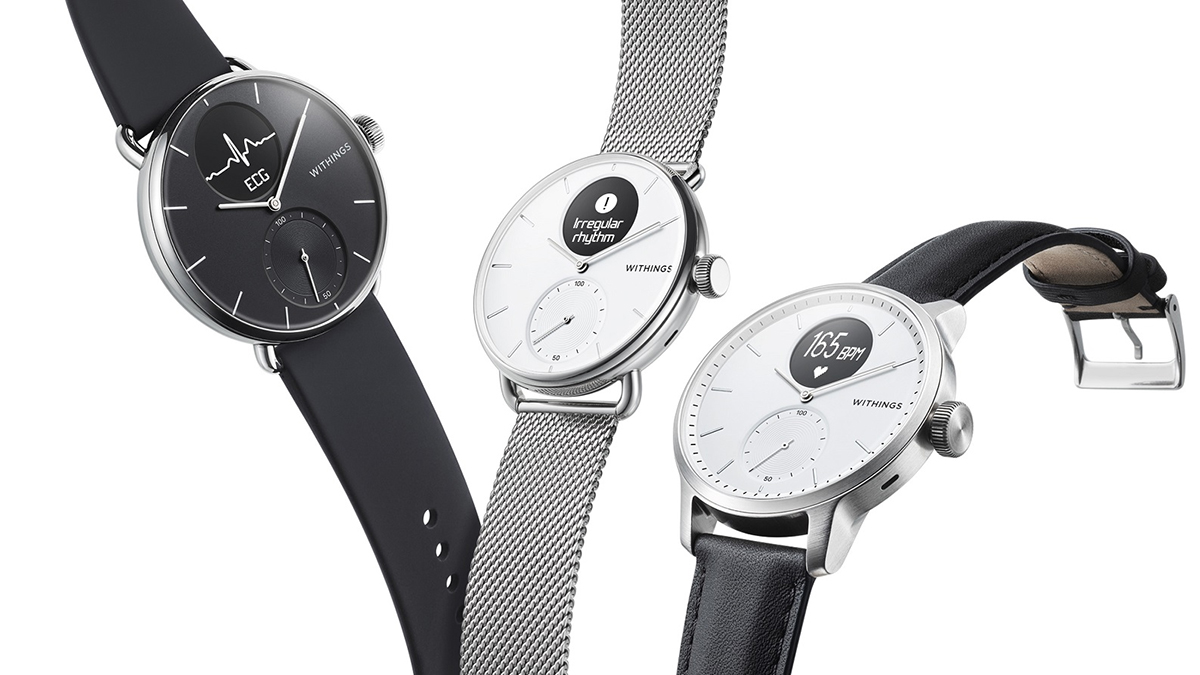
Withings has become an expert at combining traditional-looking watches with just a dash of smarts, but the newest Withings ScanWatch adds two very useful smart features indeed: the ability to detect the signs of both atrial fibrillation (via passive heart rate monitoring and ECG readings) and sleep apnea.
Getting early warnings about either of those health issues can be very useful indeed, and those features alone are enough to get us interested in this smartwatch. On top of that, it has the usual array of fitness and sleep tracking features, all wrapped in a design that we find rather aesthetically pleasing (white and black watch faces are available in two sizes, 38mm and 42mm).
The quoted 30 days of battery life between charges doesn't hurt either, and makes a refreshing change from the single day that other smartwatches can muster. Prices for the Withings ScanWatch start at $249 / £229 / €249 / AU$479).
5. Skagen Falster 3
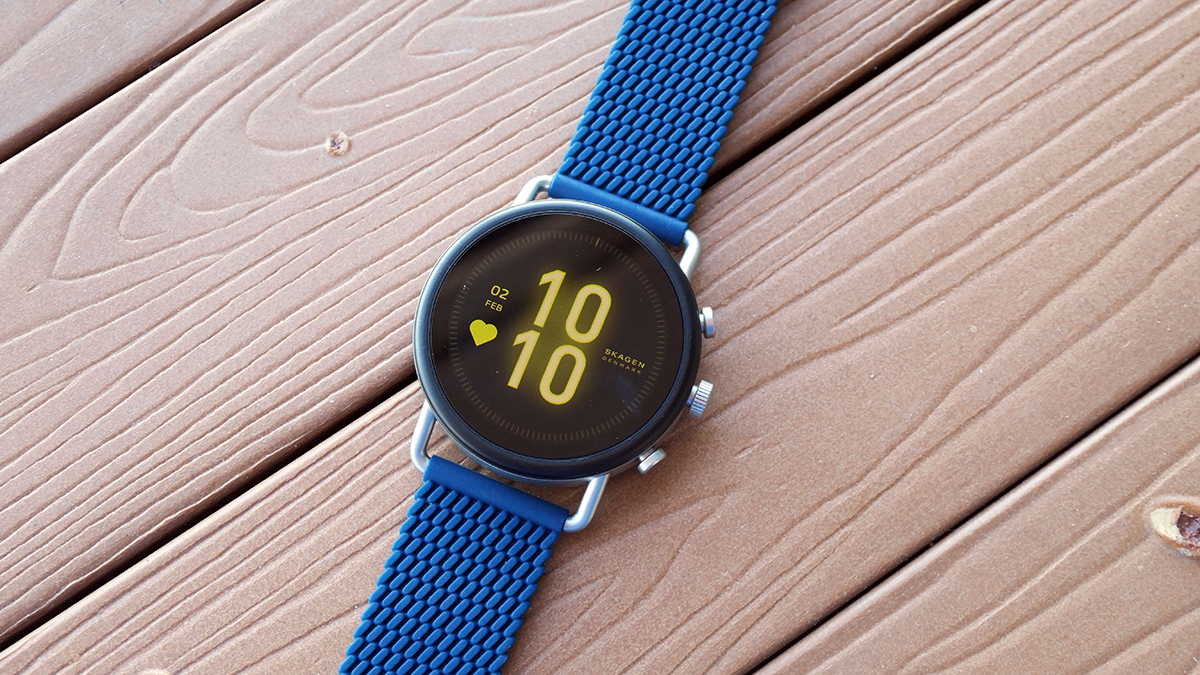
The third-gen Skagen Falster takes what was already a very decent smartwatch and improves on it: the wearable packs in just about everything you could want from a watch like this, including NFC for mobile payments, GPS for finding your way around without a phone, heart rate monitoring and more.
It looks the part too – you can choose from metal, leather and rubber straps (the rubber version is the one shown above), and the casing has a nicely rounded, refined look to it. Thanks to an on-board microphone, you can make and receive calls from your wrist via a tethered smartphone running either Android or iOS.
Wear OS is on board, which gets you speedy access to Google Assistant and deep integration with apps like Google Maps and SMS messages on your phone. Google Fit, meanwhile, handles all the fitness tracking features you're likely to require. The Skagen Falster 3 can be yours for $295 / £279 (around AU$430).
6. Diesel On Fadelite
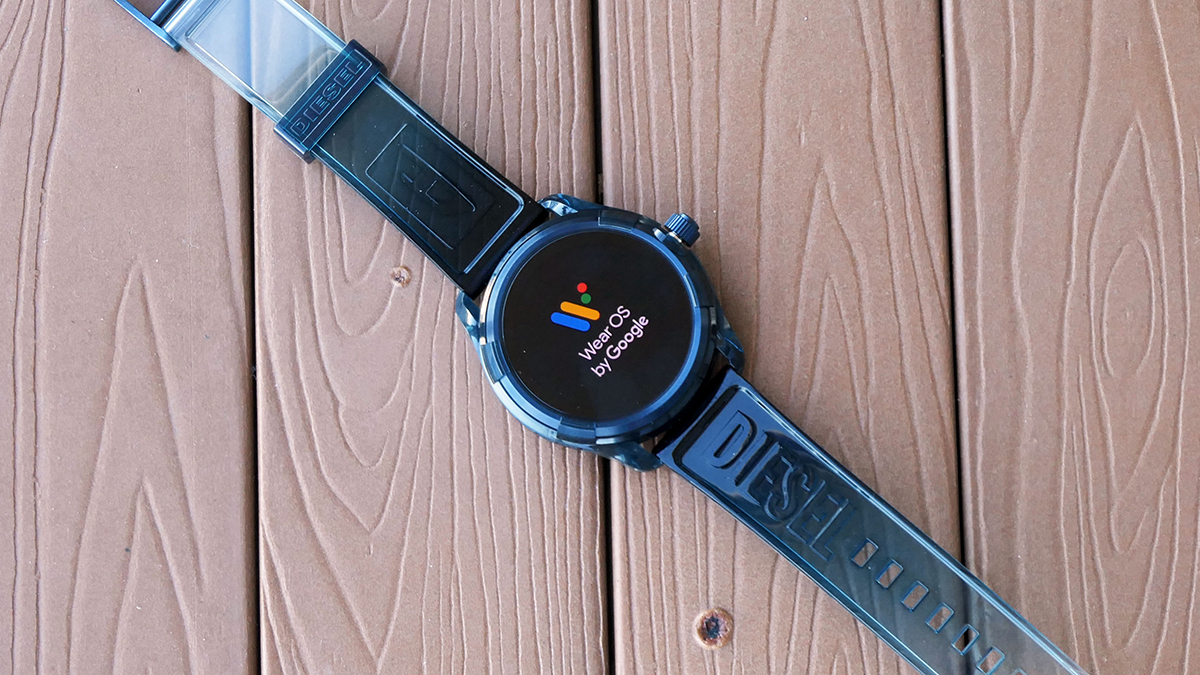
You're unlikely to come across a better-looking Wear OS smartwatch during the rest of 2020 – the Diesel On Fadelite timepiece boasts a faded, translucent strap that certainly catches the eye, while the overall design has been toned down from the rugged appearance that Diesel usually goes in for with its wearables.
The watch certainly made an impression on us at CES 2020, and once you get beyond the look of the wearable, it's still a solid piece of technology. GPS, NFC and a heart rate monitor are all on board, and the whole device is powered by the most recent Snapdragon Wear 3100 chipset, so you won't find a faster Wear OS watch anytime soon. As the wearable is Google-powered, you can chat to the Google Assistant whenever you like.
In a market that's crammed full of similar-looking devices, this is a welcome change, and the mid-range price makes this an even more tempting proposition – the official retail price has been set at $275 / £249 (around AU$400), with the Diesel On Fadelite going on sale in March 2020.
7. A refreshed Fossil Gen 5 and Fossil Sport
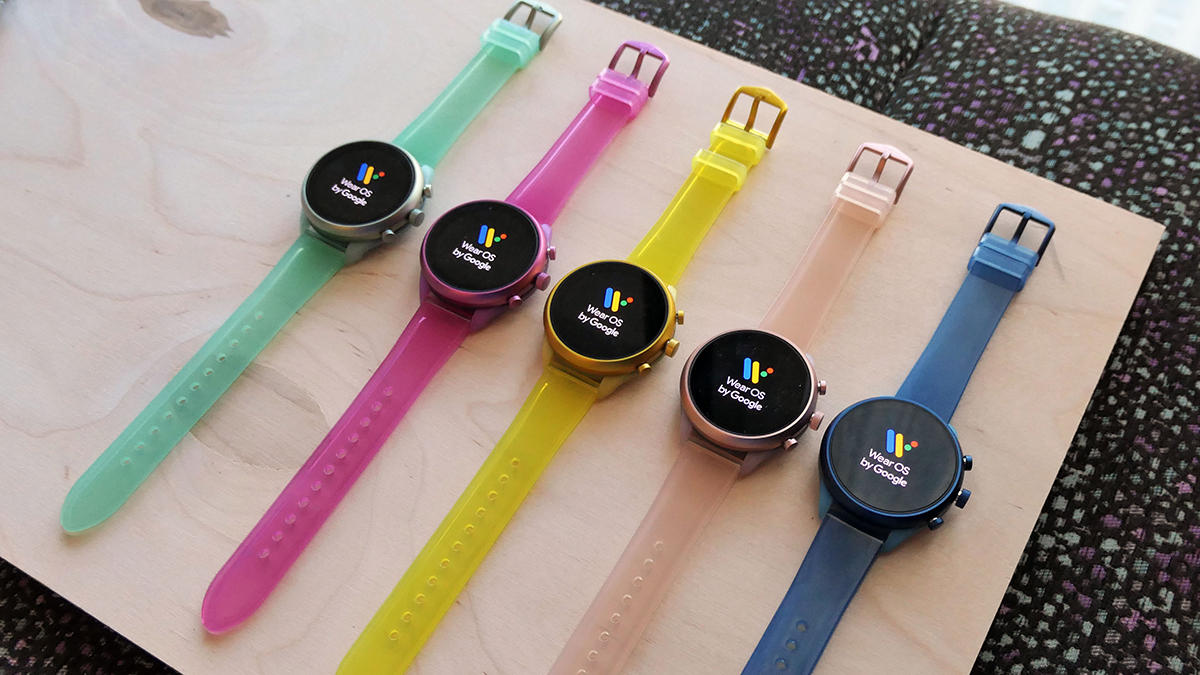
Fossil was one of the biggest hardware backers of Google's Wear OS in 2019 (it also owns the Diesel and Skagen brands we've already mentioned), and with the update to its Gen 5 and slightly... erm... sportier Sport ranges that it announced at CES, it looks as though that's going to continue through 2020 as well.
Nothing inside the watches has changed, but you can now buy the Gen 5 and Sport models in a variety of new strap and body colors – the Sport now comes with a selection of jelly-like straps as options, while the Gen 5 has new two-tone casing models in the range. The updates make the Sport look more fun and the Gen 5 more stately.
We're including these watches in our 'best of CES' round-up because the updated looks make these Fossil watches a better choice than ever – and they were already some of the best Wear OS watches you could get your hands on. The Gen 5 starts at $295 / £279 / AU$499, with the Sport yours for a little less at $275 / £219 / AU$469.
Check out all of TechRadar's CES 2020 coverage. We're live in Las Vegas to bring you all the breaking tech news and launches, plus hands-on reviews of everything from 8K TVs and foldable displays to new phones, laptops and smart home gadgets.

Dave is a freelance tech journalist who has been writing about gadgets, apps and the web for more than two decades. Based out of Stockport, England, on TechRadar you'll find him covering news, features and reviews, particularly for phones, tablets and wearables. Working to ensure our breaking news coverage is the best in the business over weekends, David also has bylines at Gizmodo, T3, PopSci and a few other places besides, as well as being many years editing the likes of PC Explorer and The Hardware Handbook.